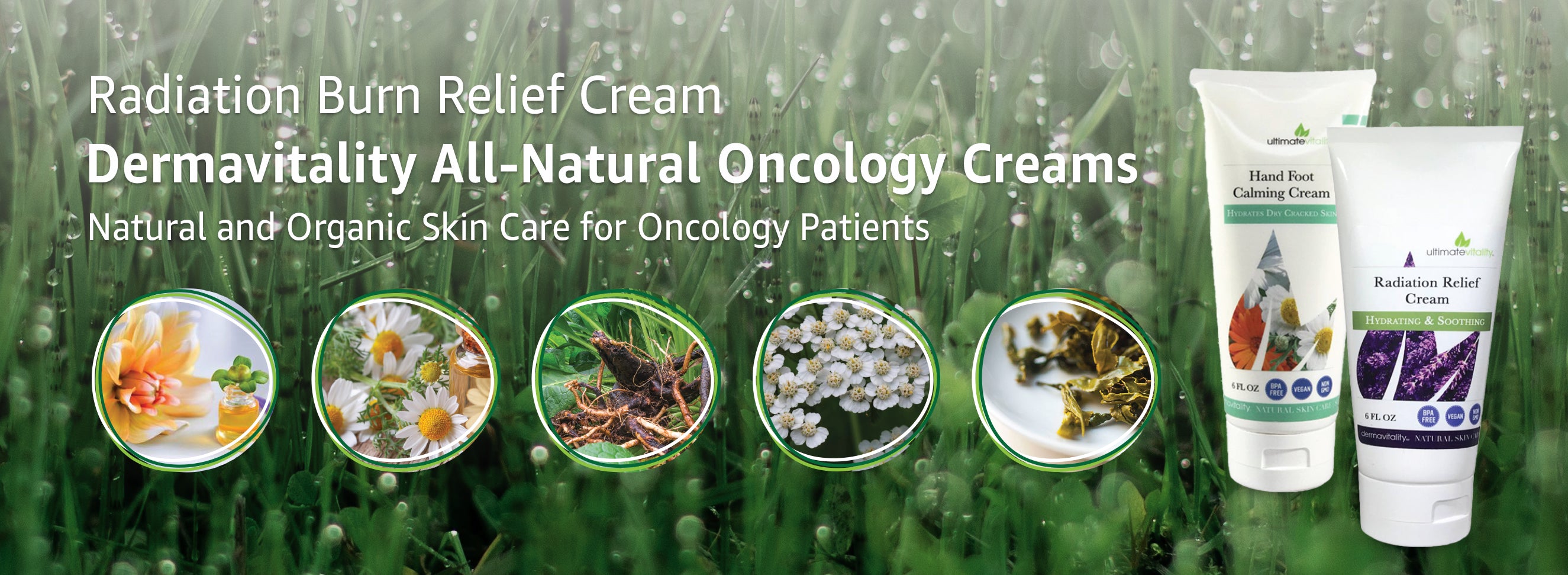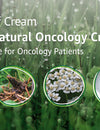
Radiation Burn Relief Cream
While radiation therapy is proven beneficial when it comes to treating cancers and tumors, it also has a downside. It can lead to radiation burns which can cause discomfort and lead to pain in the affected area. Radiation burns usually develop over the course of therapy and become more troublesome toward the end of treatment. It may continue to get worse for a period of time after the end of treatment.The following is a detailed insight into radiation burns and how you can deal with them effectively, including with radiation burn relief cream.
Radiation Therapy and Radiation Burn
Radiation therapy (also called radiotherapy) is a treatment used to help shrink tumors and kill cancer cells. It is essentially the use of high beams of energy, or X-rays, to destroy the cancer cells. A machine called a linear accelerator aims a beam of high energy radiation at the area to be treated. Radiation therapy can also be used to shrink tumors and prevent the damage from spreading further. It uses a targeted mechanism that focuses on the area of concern.
What is Radiation Burn?
A radiation burn is a side effect of radiation therapy. It is also referred to as radiation dermatitis or X-ray dermatitis. Although radiation burns look and feel like a burn it is actually damage to skin cells as the radiation passes through the skin. The skin needs time to restore itself and gradually over time it becomes painful, inflamed and irritated. It can take several weeks before it returns to normal. Before and during therapy various supportive care measures may be used to help soothe the redness, itching and pain.Classifications of Radiation Burns or Radiation Dermatitis
The severity of radiation burns is classified according to the National Cancer Institute. They are classified according to the severity of skin reaction to the treatment.- Grade 1 is mild with faint redness (erythema) with skin peeling (dry desquamation).
- Grade 2 is moderate with increased redness and patchy, moist skin peeling, drainage and pain.
- Grade 3 is Severe with Moist desquamation, blisters, drainage, skin sloughing and increased pain.
- Grade 4 is Severe and rarely occurs but requires immediate medical attention. At this stage ulcers may form, with bleeding and severe pain.
What Do Radiation Burns Look Like?
As effective as radiation therapy is, it will lead to radiation burns in most cases. These take a little over 2 – 3 weeks to appear after you have started your first treatment. Initially, you will notice your skin turning red and may feel irritation in the area of concern.
 The appearance of your skin will take the form of a sunburn. During the worst case scenarios, you will have to stop these treatments and give some time to your skin to heal.
The appearance of your skin will take the form of a sunburn. During the worst case scenarios, you will have to stop these treatments and give some time to your skin to heal.
Conditions:
The primary conditions of radiation burns include Skin Redness And Rash. Over 95% of patients receiving radiation therapy go through skin complications such as painful, itchy, irritated skin with redness, rash and skin peeling in the area being treated. Skin redness is the first symptom of a radiation burn which is followed by a rash in the affected area.
Dry, Itchy, Painful and Sensitive Skin.
With radiation therapy, there is a greater risk of the skin becoming dry and sensitive. It will also become itchy and it can often change color. Additionally, It may also become puffy. In either case, the skin will become painful, red and irritated.
What Causes Radiation Burns?
Radiation burns are caused by concentrated X-ray beams passing through the skin. During radiation therapy the cells undergo immediate structural tissue damage and generation of free radicals that cause inflammation. Radiation skin injury also involves imbalance in antioxidant status and induces oxidative stress.Repeated exposure to external beam radiation therapy causes a disruption in the self-renewing properties of the epidermis. Skin cells do not have enough time to heal and repair between treatments. This leads to tissue damage, damage to the DNA, and inflamed skin. Both the inner and outer layers are affected by the radiation therapy process which eventually leads to radiation burns in a period of 2 – 3 weeks. These factors lead to rashes and pain in the affected area.Different Kinds Of Radiation Burns
Radiation burns depend upon the degree of radiation and can be classified into two subcategories.
First Degree Burn – Skin after radiation treatment turns red and dry. Such burns are also accompanied by pain in the affected area.
Second Degree Burns – These are also red-colored burns and make the skin moist with blisters. The blisters can either be large or small. Second degree burns are also accompanied by pain in the affected area. Additionally, in some cases, the skin will also slough off.
Risk Factors for Radiation Burns:
Generally, over 85% of people are likely to suffer from radiation burns. Here are some of the risk factors to determine the likelihood of radiation burns.Old age Malnourished people Smoking People with poor skin strength Obesity Having overlapping skin folds People who have diabetes or kidney complications
How Long Does Radiation Burn Last?
Skin regeneration is a time-consuming process. For mild burns, it will usually take 2 – 4 weeks to heal. However, for severe burns, it may take a few months to regenerate the skin and heal completely. To speed up the process of recovery, there are certain treatments you can use.Kinds Of Treatments for Prevention and Management of Radiation Burns
Treatment for radiation burns can be divided up into lifestyle changes and topical agents such as radiation lotions and creams.
- General Skin Care
- Maintain the irradiated are clean and dry
- Wash with lukewarm water and a mild soap
- Avoid cornstarch or baby powder in skin folds
- Avoid skin irritants such as perfume or alcohol based lotions
- Wear loose fitting helps minimize the friction and unnecessary irritation to the skin
- Avoid direct sunlight or wear clothing to protect you skin from sun exposure Avoid exposure to extreme heat and cold Do not shave your skin unless advised by a healthcare professional
- Be gentle with the area during showers and was with a soft washcloth In general be gentle with the radiated area and avoid injury
Topical Creams for Radiation Burn Relief
It is recommended to use a lanolin perfume free moisturizer two to three times per day , including non treatment days and on the weekend.Topical steroids are often prescribed to treat radiation burns and radiation dermatitis.
For best results, use an intensive natural and organic cream for sensitive and irritated skin during radiation therapy. There is some evidence that a soothing skin cream for radiation burns with calendula and botanical hyaluronic acid helps relieve the side effects of radiation therapy on the skin.
Using a radiation skin repair cream helps nourish and support the skin during treatment. Using a micronutrient herbal formula with anti-inflammatory ingredients may help the skin restore repair itself in between treatments. This may help prevent the painful side effects and keep your skin healthy and strong.
Prevention of radiation skin reactions is best achieved through prevention. using healing cream specifically designed for Oncology patients. In one study Calendula based radiation skin lotion helped lower the incidence of acute radiation dermatitis.
Skin care for radiation therapy patients is crucial and requires extensive care. To get relief from the pain and ease the symptoms of radiation burns, you can use intensive natural and organic moisturizing cream like Ultimate Vitality - Dermavitality Radiation Burn Cream.
Skin Recovery using Radiation Burn Relief Cream
Using an intensive natural and organic moisturizing cream for sensitive and irritated skin during radiation treatment may help your skin recover and heal from the damage caused by therapy. A calendula based Oncology nurse formulated ultra moisturizing and healing cream specifically designed for Oncology patients is helpful to reduce the symptoms of radiation burns.
Ultimate Vitality’s skin care line Dermavitality is formulated by a herbal skin care professional and designed specifically for oncology patients as a skin recovery cream. Dermavitality radiation burn cream for radiation burns contains plant based natural and organic anti-inflammatory and ultra moisturizing ingredients designed to help relieve painful, itchy irritated skin.
It works by hydrating and nourishing the skin to speed up the process of skin regeneration and helps to neutralize free radicals
Moisturizing ingredients of Organic Aloe Vera, Organic Sunflower oil, Shea butter and Botanical hyaluronic acid help nourish and support healthy skin
Herbs of Calendula officinalis, Spirulina, Irish Moss, Geranium, Organic Green Tea, Organic Gotu Kola, Organic Jojoba. Lavender essential oil, Vitamin B6 and Vitamin E help calm painful red skin by providing a potent blend of anti-inflammatory and antioxidant herbs.
What’s best about this radiation skin care product is that all of its ingredients are natural and organic. It is alcohol-free and does not contain any parabens or petrochemicals. Most importantly it works and radiation patients are experiencing the benefits every day. Ultimate Vitality is blessed to have discovered a formula that helps radiation patients make an unbearable situation tolerable.
To learn more, To learn more, please visit our page on Radiation Burn Relief Cream.
Related Pages:










